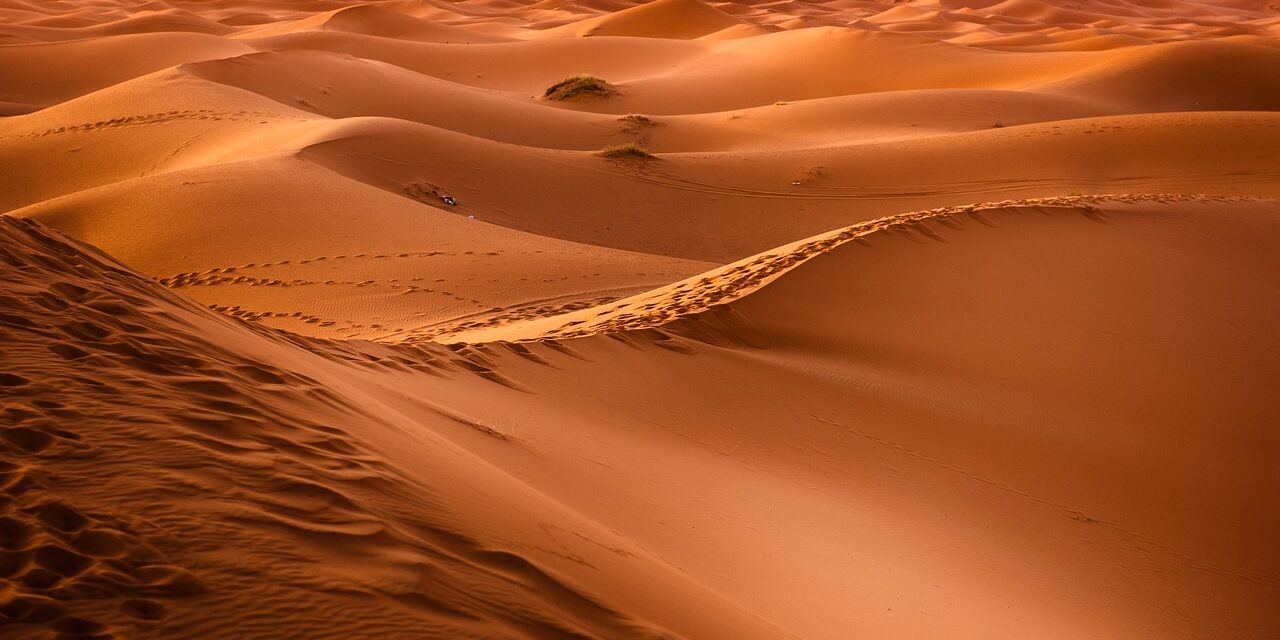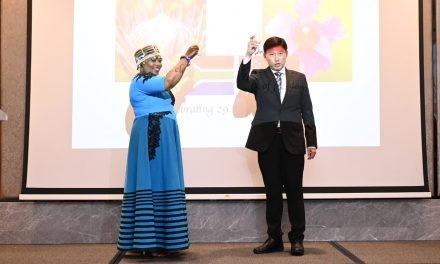As Saudi Arabia’s national day lifts green and white flags into the air, it’s the perfect time to explore the kingdom’s rich and unique cultural landscape.
Within the deserts of the Arabian Peninsula, a distinct Saudi culture has emerged, blending millennia of history with the land’s rich biodiversity and its many inhabitants.
Ancient legends of the Arabian Peninsula
Saudi Arabia is home to eight UNESCO World Heritage sites, though only one of these is classified as “natural”.
The country is rich with areas of Neolithic and ancient significance, remnants of the many kingdoms and peoples that once inhabited the land.
Among the most spectacular sites are the 131 rock-cut tombs of Mada’in Salih, which bear a striking resemblance to the more famous Petra in Jordan.
As time passed, folk stories from across the Arab world were preserved in poems and writings. The most celebrated collection is One Thousand and One Nights, which features stories that have captivated audiences around the world.
These tales often reflect a deep respect for the geography of the land, whether it’s Sinbad the Sailor adventuring along the Arabian coast or Ali Baba discovering hidden caves in the mountains.
The legendary animals of Arabia
Saudi Arabia proudly claims many unique desert species, including the endangered Arabian Wolf, the Arabian Red Fox, and the Sand Cat.
Collaborations with other nations have played a key role in conservation efforts. For instance, the Arabian Oryx, once hunted to extinction, was successfully reintroduced into the wild in the late 20th century through a captive breeding program in the United States.
Perhaps the closest companion of all desert animals to the Saudi people is the Arabian Horse. Its domestication was vital in maintaining the nomadic way of life for many Bedouin tribes.
The Arabian Horse also frequently appears in Arab and Quranic stories, where its loyalty and speed are often celebrated.
Celebration with the Saudi People
Today, Saudi citizens proudly display their cultural heritage, and visitors are often welcomed with the sight of traditional Arab dress.
Men wear white robes called thawbs, paired with a headdress—either the long ghutrah or the agal. Women wear the abaya, a long cloak that comes in various colors.
During celebrations, it’s common to witness the al-ardah dance, a tradition that originated from ceremonies demonstrating a tribe’s fighting strength. Rows of men carrying swords dance to the rhythm of loud drumming.







